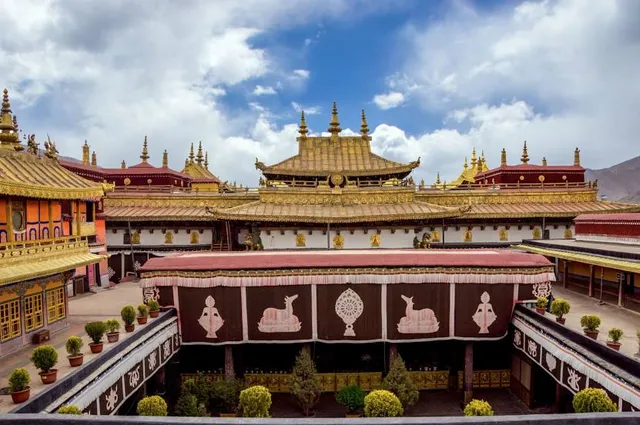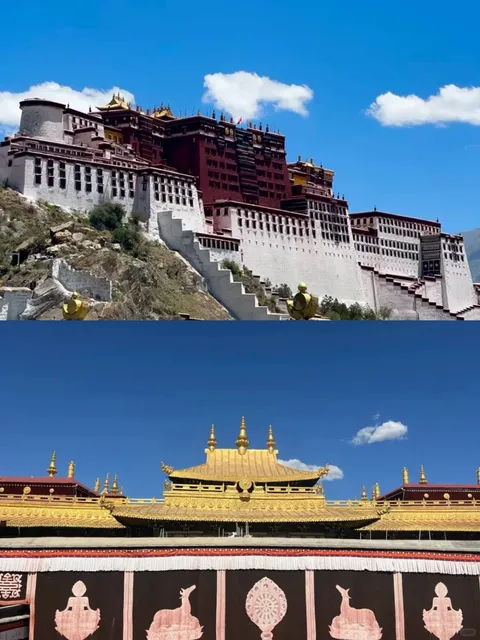Jokhang Temple things to do, attractions, restaurants, events info and trip planning
Basic Info
Jokhang Temple
M42M+3GX, Lhasa, Tibet, China, 850000
4.7(272)
Open 24 hours
Save
spot
spot
Ratings & Description
Info
The Jokhang, also known as the Qoikang Monastery, Jokang, Jokhang Temple, Jokhang Monastery and Zuglagkang, is a Buddhist temple in Barkhor Square in Lhasa, the capital city of Tibet Autonomous Region of China. Tibetans, in general, consider this temple as the most sacred and important temple in Tibet.
Cultural
Scenic
Family friendly
Accessibility
attractions: 大昭寺广场, Lhasa Great Mosque, Ramoche Temple, restaurants: Maji'a Micanba, Lasa Kitchen, Geng Pan Cang Jia Kitchen, 雪域餐厅, Lhasa Namasede Restaurant, Xinmanzhai Restaurant, Tashi Restaurant, Yangqingcang Tibetan Restaurant, Ameiwo Tibetan Food, Yazhu Restaurant
 Learn more insights from Wanderboat AI.
Learn more insights from Wanderboat AI.Phone
+86 891 633 6858
Plan your stay

Pet-friendly Hotels in Lhasa
Find a cozy hotel nearby and make it a full experience.

Affordable Hotels in Lhasa
Find a cozy hotel nearby and make it a full experience.

The Coolest Hotels You Haven't Heard Of (Yet)
Find a cozy hotel nearby and make it a full experience.

Trending Stays Worth the Hype in Lhasa
Find a cozy hotel nearby and make it a full experience.
Reviews
Nearby attractions of Jokhang Temple
大昭寺广场
Lhasa Great Mosque
Ramoche Temple
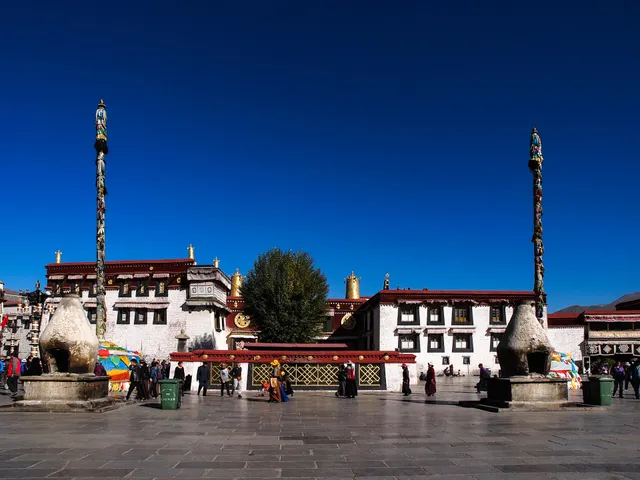
大昭寺广场
4.5
(24)
Open 24 hours
Click for details
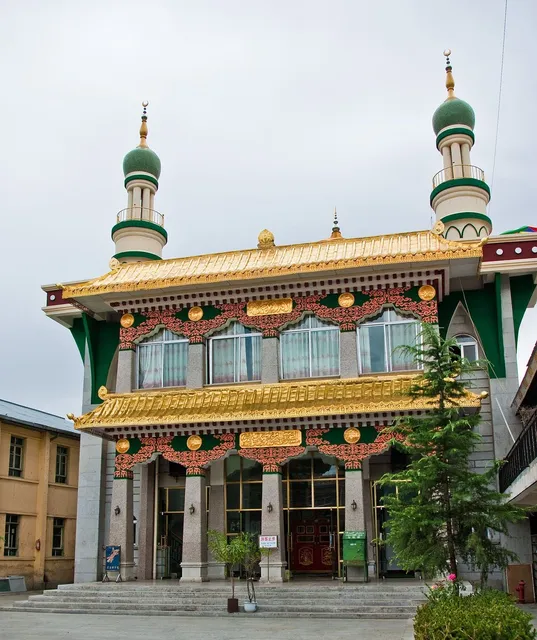
Lhasa Great Mosque
4.7
(23)
Open 24 hours
Click for details
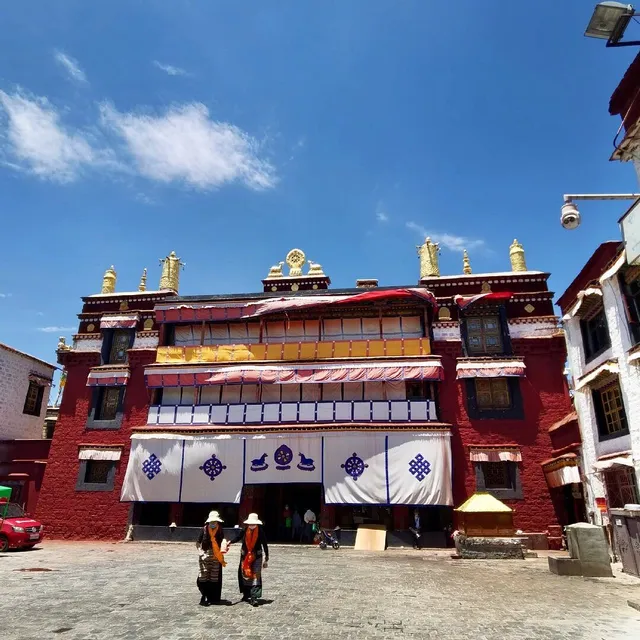
Ramoche Temple
4.5
(65)
Open 24 hours
Click for details
Nearby restaurants of Jokhang Temple
Maji'a Micanba
Lasa Kitchen
Geng Pan Cang Jia Kitchen
雪域餐厅
Lhasa Namasede Restaurant
Xinmanzhai Restaurant
Tashi Restaurant
Yangqingcang Tibetan Restaurant
Ameiwo Tibetan Food
Yazhu Restaurant
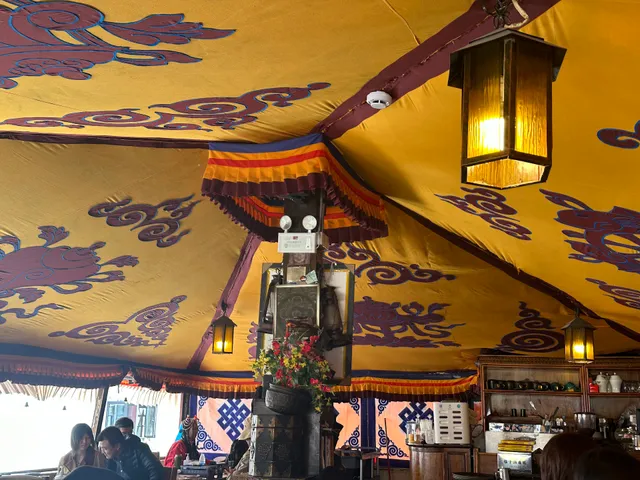
Maji'a Micanba
4.1
(27)
Click for details
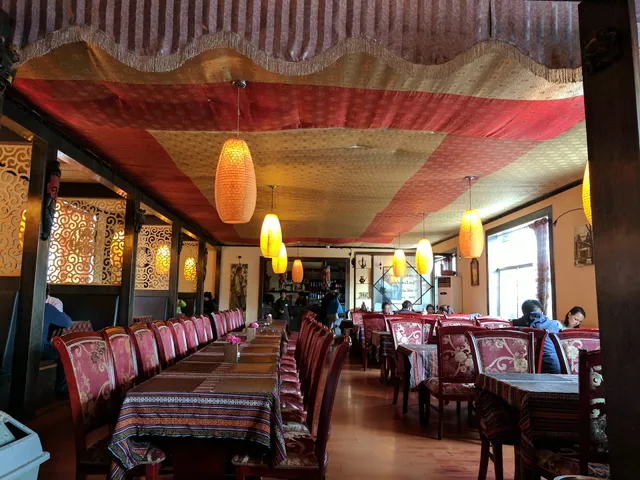
Lasa Kitchen
3.7
(26)
Click for details
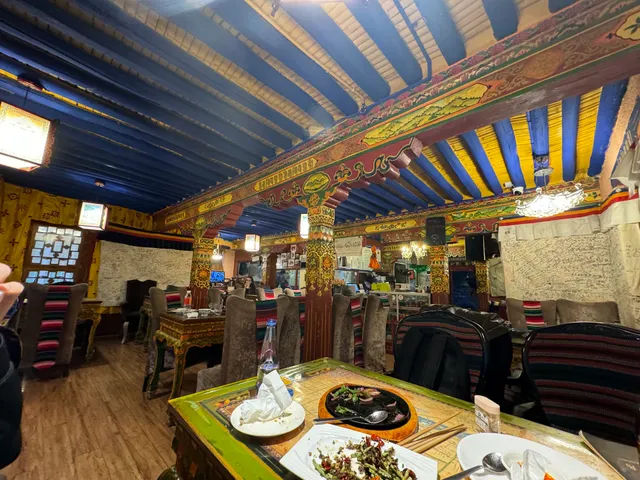
Geng Pan Cang Jia Kitchen
4.8
(5)
Click for details
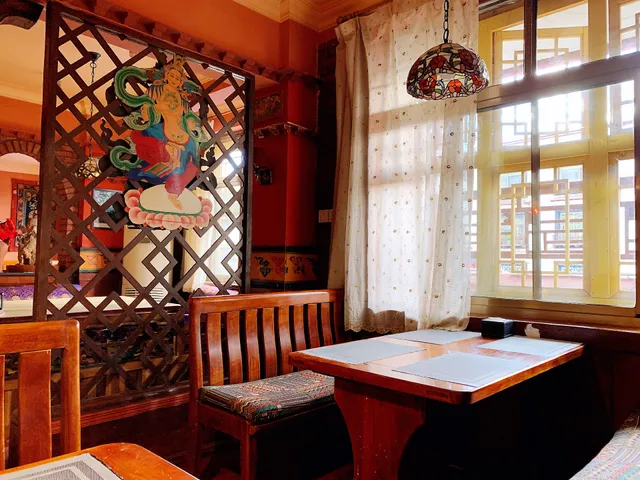
雪域餐厅
4.1
(9)
Click for details
